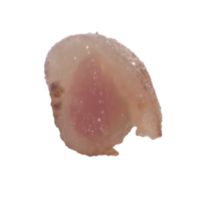Plant Organelle Biology
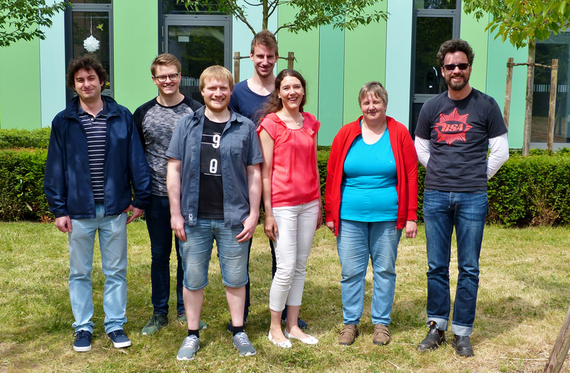
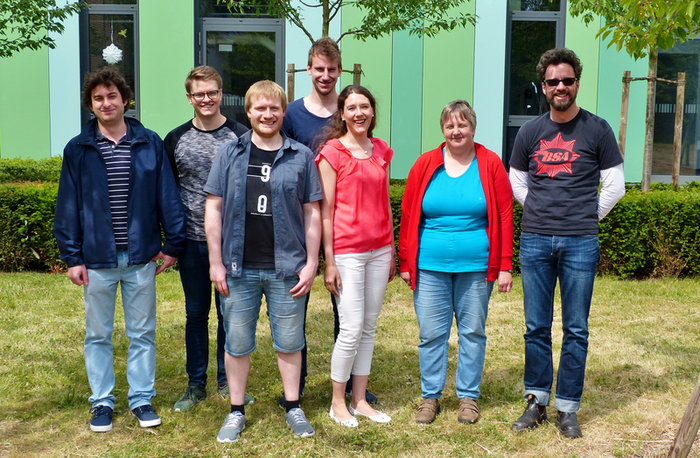
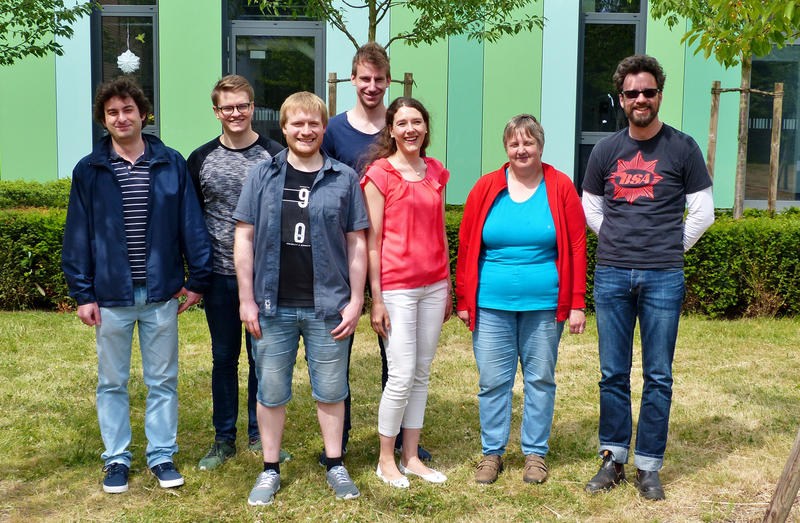
Mitochondria are vital organelles of eukaryotic cells. In addition to their role as suppliers of ATP, mitochondria have unique functions in plant cells, for example by supporting photosynthesis and nitrogen fixation. This functional versatility is matched by a high degree of flexibility necessary to cope with the metabolic variation over the diurnal cycle. Both properties are distinctively enhanced in plant mitochondria and are at the center of our current research efforts.


30419 Hannover


Protein:Protein Interactions in Plant Mitochondria
Plant metabolism depends to a high degree on photosynthesis and related processes. General plant metabolism in green plant organs is therefore autotrophic during the day but returns to a heterotrophic mode during the night. Mitochondrial metabolism is tightly intertwined with the photosynthetic activity of chloroplasts. For supplying ATP to the cell mitochondrial respiration relies on carbohydrates ultimately derived from photosynthesis. Respiration also quenches surplus photosynthetic reduction equivalents and protects chloroplasts from over-reduction and the production of harmful reactive oxygen species (ROS). Closely linked with photosynthesis is also the process of photorespiration, particularly in C3 plants. Mitochondria participate in this process by oxidizing glycine and producing serine. As such, mitochondrial metabolism reacts to the photosynthetic activity of chloroplasts and the altered energy status of the plant cell by readjusting redox balance and ATP production, among others. The mechanisms governing the modulation of mitochondrial functions are only poorly understood. Due to the predictability of the diurnal cycle (the sun rises each day), protein degradation and protein biosynthesis are considered too wasteful and were previously found to contribute only little to altering enzymatic activities. Instead, alternative mechanisms such as post-translational modifications (PTMs) and protein:protein interactions (PPIs) may contribute more efficiently to the regulation of mitochondrial functions.
To examine the dynamics of mitochondrial PPIs during the dark-to-light transition on a broad scale we are comparing electrophoretic mobilities of native mitochondrial proteins in large-pore acrylamide gels by tandem mass spectrometry (‘complexome mapping’).
This project is part of the ‘Plant Mitochondria in New Light’ initiative and funded by the DFG (Grant EU 54/4-1).
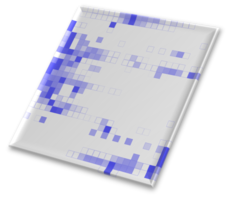


Mitochondria in Symbiotic Nitrogen Fixation
Nitrogen is a major compound of nucleic acids, proteins, chlorophyll, and a vast range of other important plant biomolecules. Despite its high occurrence in the earth’s atmosphere, plants require to take up nitrogen in the form of nitrate or ammonia. An exception to this are legumes able to engage in a mutual symbiosis with bacteria (Rhizobia). Containing nitrogenase, an enzyme able to break the strong triple bond of molecular nitrogen, the bacteria supply the plant with ammonia in exchange for carbohydrates. Since the bacteria partly lose their autonomy and become integrated into plant metabolism, they are also referred to as temporary plant organelles (‘ammoniaplasts’). Interestingly, bacteroids (as they are called once they become engulfed by the host cell) have requirements and execute functions similar to mitochondria. As such, they partly compete for the same metabolites while, at the same time, co-operate in symbiotic nitrogen fixing.
We are interested in elucidating the impact symbiotic nitrogen fixation exerts on mitochondrial metabolism and how these organelles adapt to the presence of bacteroids within the cells creating a unique cellular environment. To this end, we investigate root and nodule mitochondria as well as bacteroids using mostly proteomic tools and functional assays.
This project is part of a DFG funded research training group ‘Signaling at the Plant Soil Interface’ (GRK 1798).
